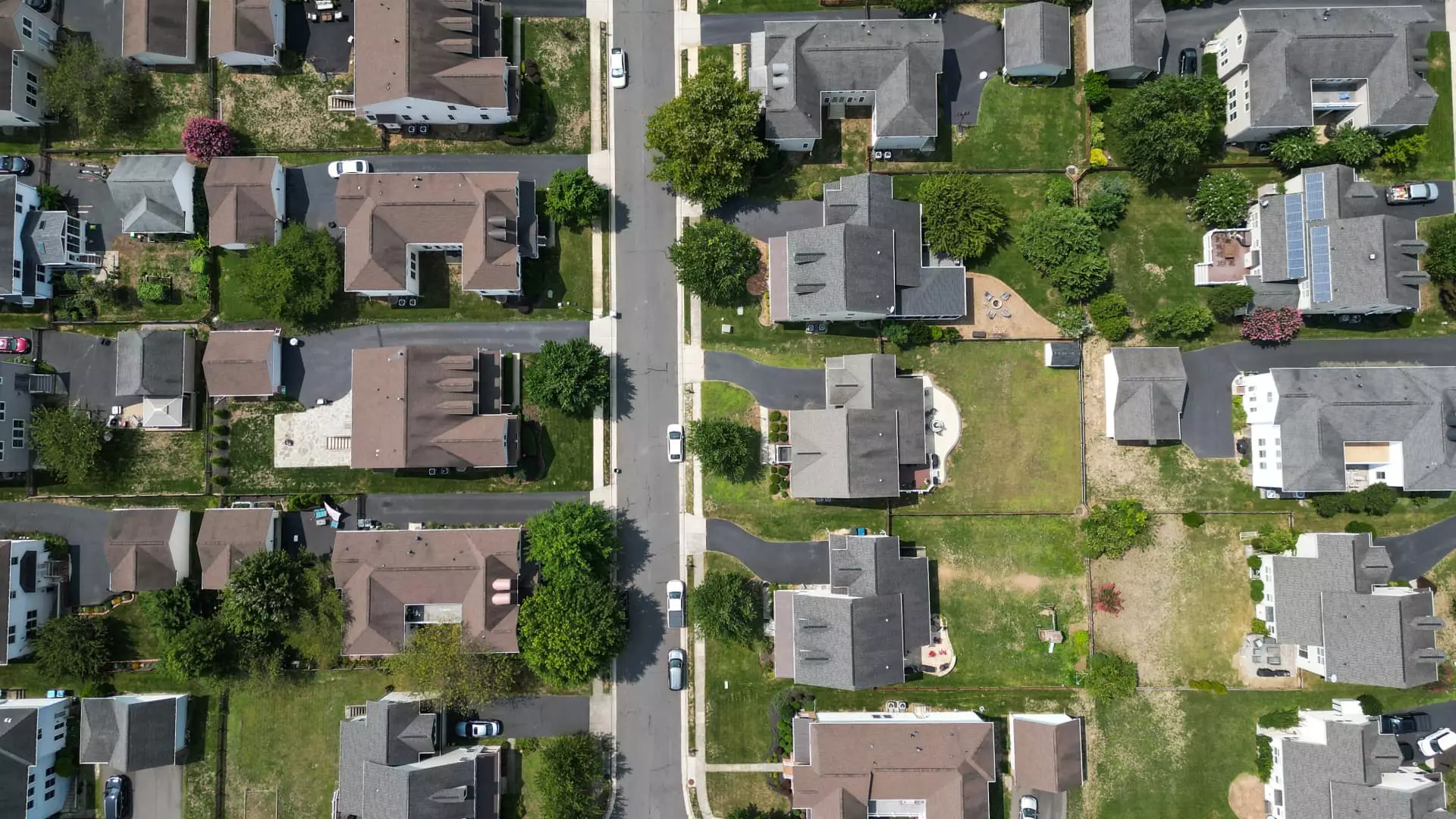Mortgage rates have officially broken through the plateau of relative calm, hitting their highest levels in over a month, with the average 30-year fixed rate climbing to a staggering 6.85%. This sudden spike, with a significant jump of 22 basis points, followed by an additional increase of 3 basis points, appears to invalidate any prior optimism nurtured by recent declines. This serves as a poignant reminder that the housing market is still beholden to the turbulent forces of economic indicators and global developments.
The roller coaster of the bond market must be troubling for potential homebuyers, contributing to their already inflated anxieties. The previous week’s drop had led many to believe in a temporary reprieve from the rising costs that have long plagued the housing market. However, this recent surge effectively erases any hopes for a resurgent spring market, which many had anticipated could provide more favorable conditions for buyers and sellers alike.
How Tariffs Instigated Market Reactions
Last week’s dip in mortgage rates can be traced back to President Trump’s abrupt announcement of global tariffs, which sent the stock market tumbling and sent investors scrambling towards the safety of bonds. The ensuing drop in bond yields due to this market panic temporarily brought relief to mortgage rates. However, as with most knee-jerk reactions in markets, such declines often prove fleeting as the underlying economic realities come back into focus.
It’s critical to note that the responses of financial markets can often be disproportionate to the actual economic conditions. Matthew Graham, chief operating officer at Mortgage News Daily, astutely pointed out that last week’s rate drop was fueled by heightened economic fears that are now being recalibrated. As Treasury Secretary Scott Bessent remarked, tariffs are increasingly being viewed as a “melting ice cube,” a metaphor that aptly summarizes the view that these trade tensions may soon come to pass, or at least lose their grip on the markets.
Homebuyers Face a Double Whammy
Compounding the challenges faced by potential homebuyers are the persistently high home prices and declining economic confidence. The spring housing season, traditionally a time for increased buying activity, is off to a sluggish start as both sellers and buyers remain cautious. While more homes are entering the market, the prospect of securing favorable mortgage financing continues to loom large in buyers’ considerations.
According to Danielle Hale, chief economist at Realtor.com, rising housing inventory does little to help buyers when combined with high costs and wary economic sentiment. This complex interplay suggests that, rather than a resurgence in sales, we might be looking at a dampened real estate atmosphere where buyers remain uncertain about making substantial commitments amid fluctuating rates and an unpredictable economy.
The Housing Market Needs a Breakthrough
Despite the momentary decline in rates earlier this year, pending home sales barely budged, rising only 2% in February when measured against January’s activity. This statistic reflects the broader malaise gripping the housing market. The historical levels of contract signings—especially when compared to February 2024—are sobering. Lawrence Yun of the National Association of Realtors recently emphasized that the market could benefit considerably from a more sustained drop in mortgage rates, allowing affordability to improve and dampening the pernicious “mortgage rate lock-in effect” that often keeps existing homeowners from moving.
The current situation calls for a closer examination of the dynamics at play between mortgage rates and broader economic indicators. The upcoming consumer price index (CPI) and producer price index (PPI) reports set to be revealed this week could be pivotal, serving as critical barometers that influence investor sentiment and decision-making in the mortgage market.
In an era where economic uncertainty looms large, a significant, meaningful drop in mortgage rates could not only encourage an increase in buyer demand but also trigger a revitalization of supply. As the market waits with bated breath for new economic data, one thing is clear: the volatile landscape of mortgage rates will require vigilant observation and adaptation from all stakeholders.

